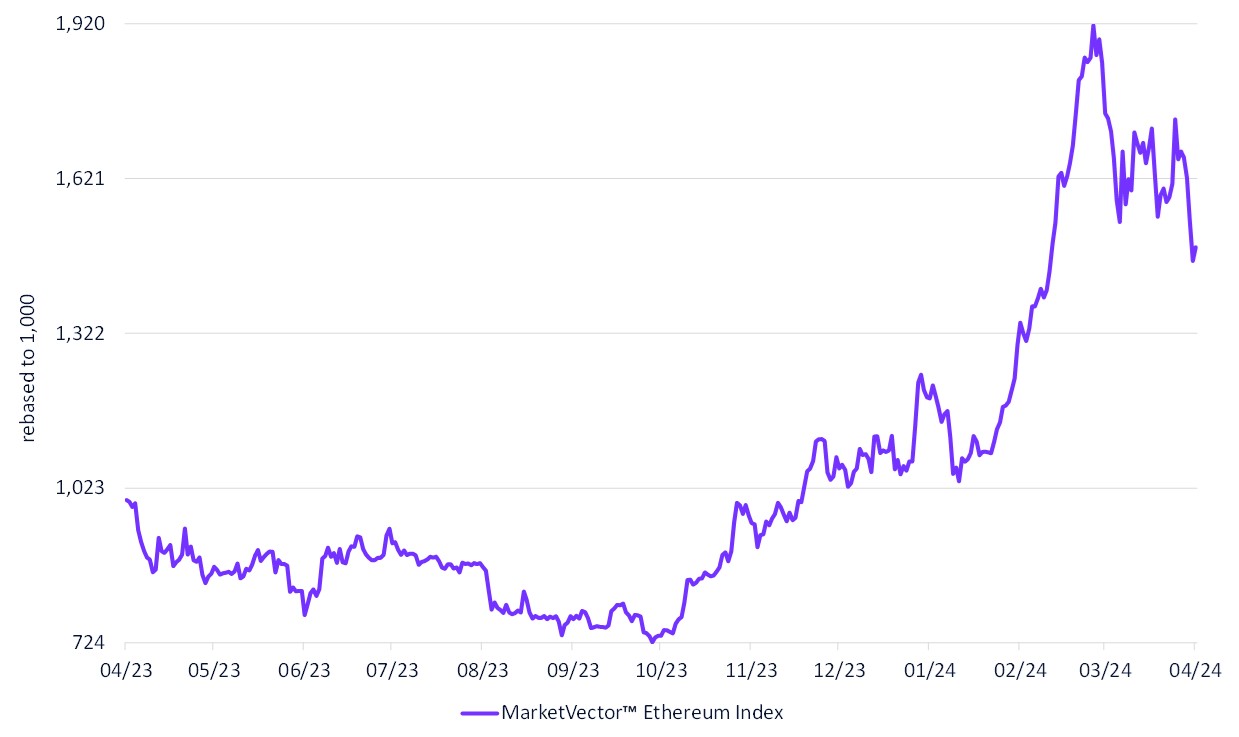The Innovative Leap in DeFi
Circle, a leading force in digital financial technology and the issuer of USDC has recently unveiled a groundbreaking smart contract functionality. This development enables the transfer of shares from the BlackRock USD Institutional Digital Liquidity Fund (BUIDL) to Circle in exchange for USDC, a major stablecoin. This new smart contract is a game-changer, offering BUIDL investors a near-instantaneous method to convert their investments into USDC, enhancing the liquidity, speed, and transparency of asset tokenization.
Bridging Traditional and Digital Economies
The collaboration between Circle and BlackRock marks a significant milestone in financial services, merging traditional financial assets with the burgeoning world of digital currencies. By facilitating the conversion of U.S. treasuries into USDC, this initiative not only bolsters the liquidity of USDC but also integrates these venerable financial instruments into the Ethereum blockchain. This is a crucial step in making decentralized finance (DeFi) more accessible and robust, allowing for traditional treasury yields to be utilized within DeFi applications as effective collateral.
Implications for Central Bank Digital Currencies (CBDC)
The success of private stablecoins like USDC could reshape the discussion around CBDCs in the United States. Despite the growing popularity of a government-issued digital currency, the integration of blockchain technology by major financial entities suggests a different trajectory. The collaboration between Circle and BlackRock, where traditional banking services merge with decentralized finance, indicates a potential preference for private sector-led digital currencies over federally issued ones. This approach leverages the existing financial infrastructure and expertise of private institutions while harnessing the benefits of blockchain technology.
The Future of Finance on Ethereum
With USDC and BUIDL leading the charge, the Ethereum network is increasingly becoming a foundational layer for the next generation of financial services. The ability to transact with treasuries on a blockchain not only democratizes access to high-value financial instruments but also eliminates many of the traditional barriers to entry. This inclusivity fosters a more integrated financial ecosystem, where digital and traditional assets coexist seamlessly on a single, decentralized platform.
The integration of such significant financial mechanisms into Ethereum signifies a monumental shift towards a more open and interconnected financial system. As more institutions like BlackRock explore the possibilities within Ethereum, we can anticipate a continued blend of innovation that could redefine the landscape of finance forever.
In conclusion, the collaboration between Circle and BlackRock through USDC and BUIDL highlights a pivotal moment for Ethereum. This development not only reinforces its capabilities as a financial backbone but also challenges the community and developers to uphold the principles of openness and permissionlessness. As Ethereum continues to evolve, its ability to balance innovation with its core values will likely shape its trajectory as a leading force in the next generation of financial systems.
MarketVectorTM Ethereum Index

Source: MarketVector IndexesTM. All values are rebased to 1,000. Data as of April 15, 2024.
For more information on our family of indexes, visit www.marketvector.com.
Get the latest news & insights from MarketVector
Get the newsletterRelated:
About the Author:
Martin Leinweber works as the Digital Asset Product Strategist at MarketVector providing thought leadership in an emerging asset class. His role encompasses product development, research, and communication with the client base of MarketVector. Before joining MarketVector, he worked as a Portfolio Manager for equities, fixed-income, and alternative investments for almost 20 years. Martin was responsible for the management of active funds for institutional investors such as insurance companies, pension funds, and sovereign wealth funds at the leading German quantitative asset manager Quoniam. Previously, he held various positions at one of Germany's largest asset managers, MEAG, the asset manager of Munich Re and ERGO. Among other things, he contributed his expertise and international experience to the establishment of a joint venture with the largest Chinese insurance company PICC in Shanghai and Beijing. Martin is co-author of “Asset-Allokation mit Kryptoassets. Das Handbuch “(Wiley Finance, 2021). It’s the first handbook about integrating digital assets into traditional portfolios. He has a Master of Economics from the University of Hohenheim and is a CFA Charter holder.
For informational and advertising purposes only. The views and opinions expressed are those of the authors but not necessarily those of MarketVector Indexes GmbH. Opinions are current as of the publication date and are subject to change with market conditions. Certain statements contained herein may constitute projections, forecasts, and other forward-looking statements, that do not reflect actual results. It is not possible to invest directly in an index. Exposure to an asset class represented by an index is available through investable instruments based on that index. MarketVector Indexes GmbH does not sponsor, endorse, sell, promote, or manage any investment fund or other investment vehicle that is offered by third parties and that seeks to provide an investment return based on the performance of any index. The inclusion of a security within an index is not a recommendation by MarketVector Indexes GmbH to buy, sell, or hold such security, nor is it considered to be investment advice.




